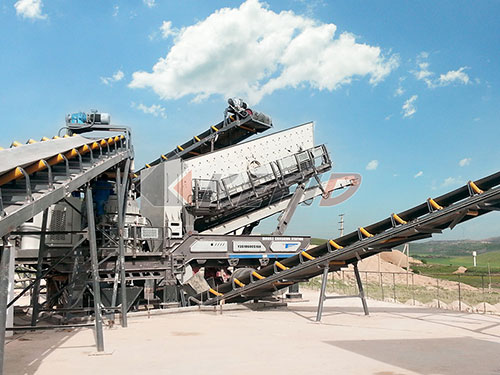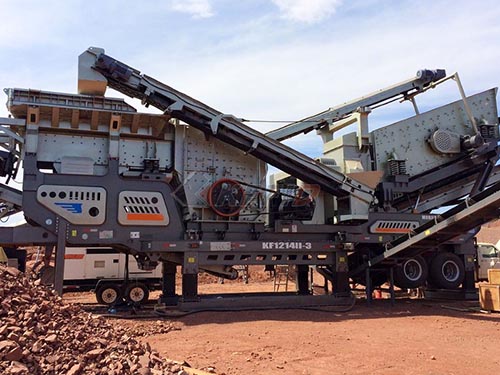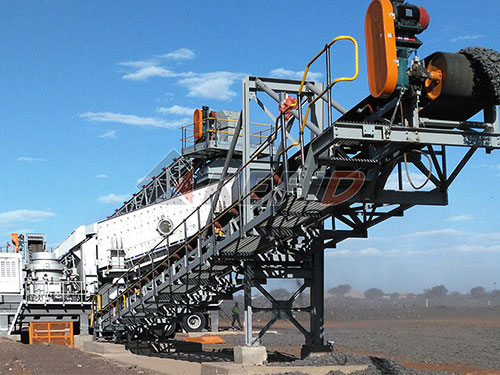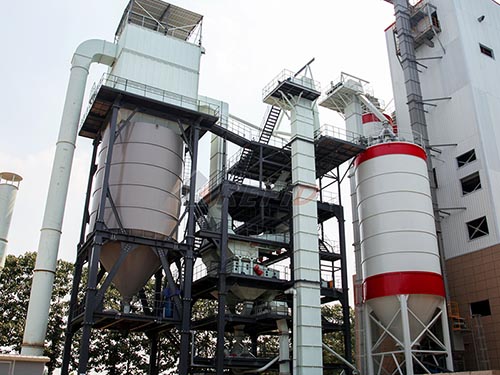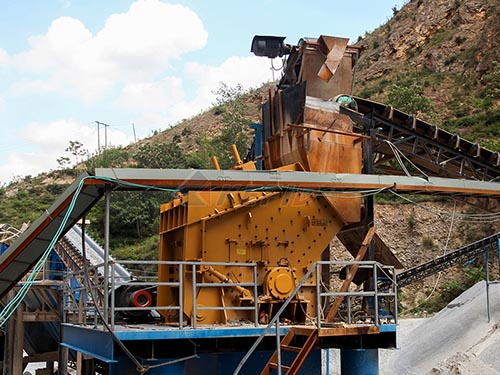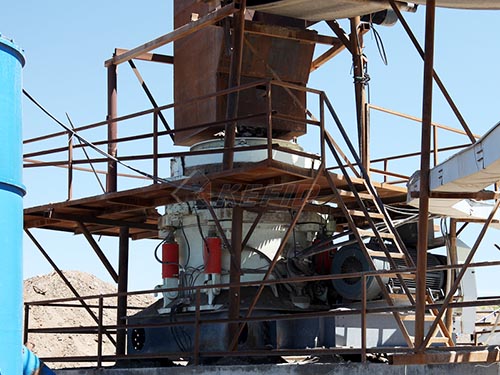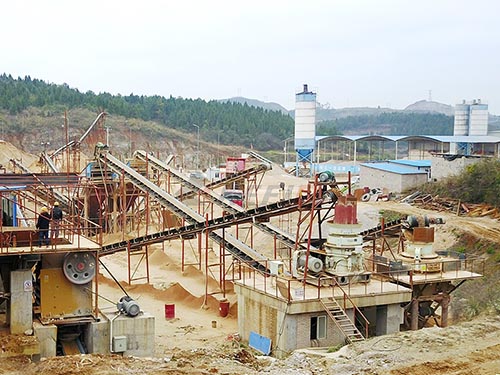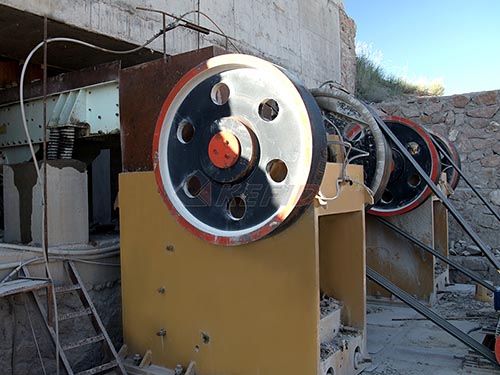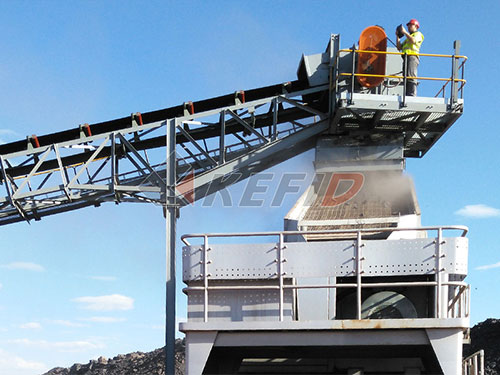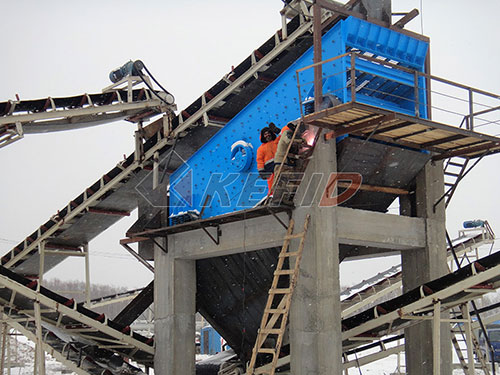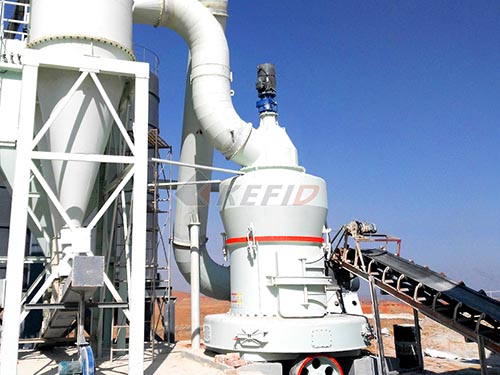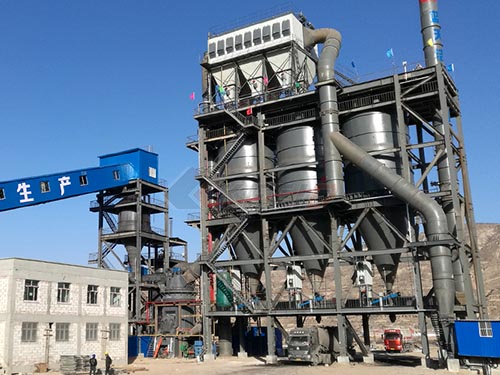Crushed Concrete By Owner in Houston: Your Smart, Sustainable Solution
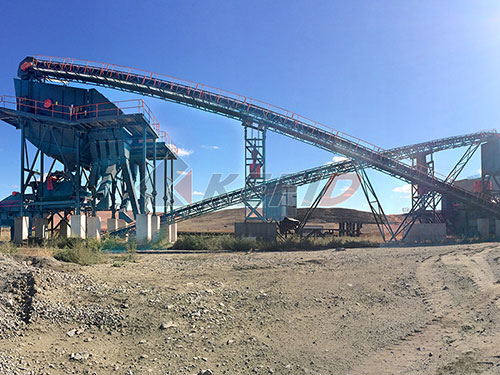
Houston’s relentless growth means constant construction, renovation, and demolition. Amidst the buzz of building new, a savvy and eco-conscious trend is gaining serious traction: sourcing crushed concrete directly from owners. Forget the middleman; Houstonians are discovering the significant advantages of buying this versatile material straight from the source – often demolition contractors or landowners managing their own site clearances.
Why Crushed Concrete? The Houston Advantage
Crushed concrete (sometimes called recycled concrete aggregate or RCA) is exactly what it sounds like: old concrete structures crushed down into various sizes of aggregate. In a city like Houston, facing both environmental challenges and constant development needs, it offers compelling benefits:
1. Cost-Effectiveness: Typically priced significantly lower than virgin gravel or limestone (often 20-30% less), buying directly from an owner eliminates distributor markups, leading to even greater savings.
2. Sustainability Champion: Using crushed concrete diverts massive amounts of waste from Houston landfills. It reduces the need for quarrying new aggregate, conserving natural resources and lowering the carbon footprint associated with mining and transportation.
3. Proven Performance: Properly processed crushed concrete is an exceptionally durable and reliable material. It compacts well, provides excellent drainage (especially important in Houston’s rainy climate), and offers high load-bearing capacity for many applications.
4. Local Availability: With demolition projects happening constantly across the metro area, finding a local source of “crushed concrete by owner” is often easier than sourcing specific types of virgin stone.
The Power of “By Owner”: Cutting Out the Middleman
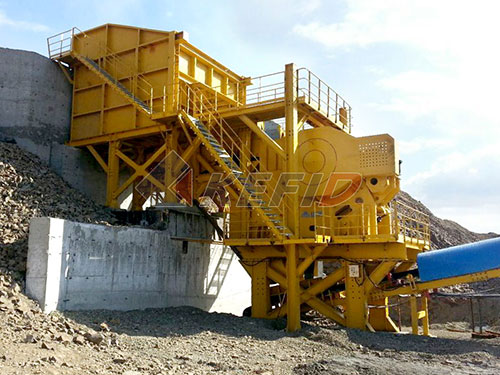
Purchasing directly from an owner – be it a demolition contractor crushing material from their own job site or a landowner clearing property – unlocks unique value:
Lower Prices: The most immediate benefit. Without intermediary storage, handling fees, and profit margins added by recycling yards or aggregate suppliers, owners can offer highly competitive rates per ton or cubic yard.
Potential for Bulk Deals & Negotiation: Owners often have large quantities available and may be more flexible on pricing for significant loads compared to established retailers with fixed pricing structures.
Fresher Supply (Sometimes): Material crushed directly on-site might be available more immediately after processing than stockpiled material at a central yard.
Supporting Local Operations: Your dollars go directly to Houston-based contractors or property owners managing their projects.
Common Uses for Crushed Concrete in Houston

